By Leah Dooley
The Tragedy of Romeo and Juliet is Shakespeare’s second most popular play. It is one of the most produced and most depicted in the visual arts, and it’s the only Shakespeare play referenced in Taylor Swift’s discography. But did you know that ever since the 16th century, Romeo and Juliet has been a hit?
While we have no first-hand reviews of early performances, a 1597 printed edition states that “it hath been often (with great applause) played publicly.” Richard Burbage, the star of Shakespeare’s acting company, played Romeo and a boy actor played Juliet, as it was illegal at the time for women to perform publicly. The play was an immediate crowd-pleaser, perhaps because the star-crossed lovers storyline would have been familiar to Shakespeare’s audience.
After Shakespeare’s death, the Puritanical Parliament closed British theaters for 18 years. When the theaters reopened in 1662, Romeo and Juliet was one of the first plays put on with the addition of professional actresses playing Juliet, and all the other female roles, for the first time. In this version, playwright James Howard made the drastic, and perhaps controversial, change to give the lovers a happy ending, completely subverting the original tragic themes.
Romeo and Juliet continued to draw audiences into the 18th century and writers keep making changes to the text. Actor and playwright David Garrick’s Romeo and Juliet premiered at Drury Lane in 1748 to great success. Garrick’s version of the play shows shifting audience desires and cultural morals. Garrick removed many of the bawdy jokes and indecent scenes. He simplified Juliet’s role and raised her age to 14 to 18. An older but more submissive Juliet fit neatly into 18th century ideas of how women should act. Motivated by the fact that he himself would step into the role, he also shaped Romeo into a more traditional hero by focusing on his manliness and fidelity. Garrick’s changes were beloved by many and this version quickly became the new standard, eclipsing Shakespeare’s original and becoming a staple of the London stage, as well as the American one soon after.
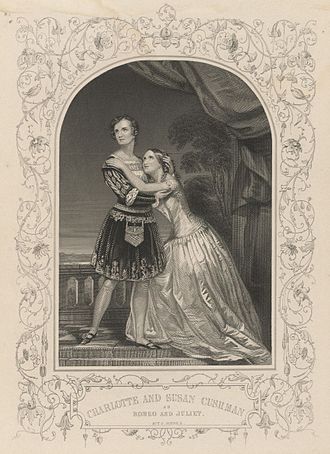
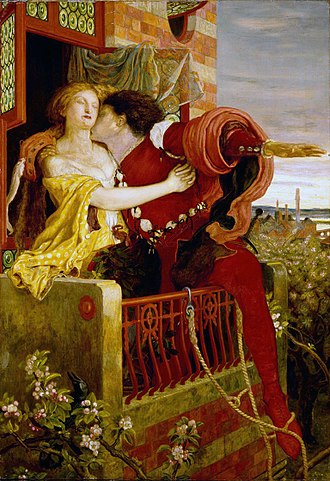
The first American Romeo and Juliet was performed in the mid 18th century, but its primary popularity occurred in the next century. In the 19th century, Romeo and Juliet was more popular than Hamlet, in terms of the number of professional productions. Beginning in the 1830s, we see a huge shift in casting, with women taking on the role of Romeo. Productions were restoring Shakespeare’s original text, in which Romeo is more emotional and passionate than men of that era were comfortable portraying. American actress Charlotte Cushman was lauded as a genius for her portrayal of Romeo. She, along with her younger sister playing Juliet, toured Europe in the 1840s. Playbills from the time declare “Two Nights Only!! With those talented Artistes, Miss Cushman and Miss Susan Cushman, Whose success in London, and throughout the Provinces has been most enthusiastic.”
In the 20th century, adaptations of Romeo and Juliet took to the silver screen, with teenage actors cast as the pair of lovers. During the same time, teenagers were exposed to the play in schools, as Romeo and Juliet became standard high school curriculum across the United States. In 1968, Franco Zeffirelli directed a film Romeo and Juliet that maintained Shakespeare’s text and plot, and was celebrated by audiences and critics alike. The young actors playing Romeo and Juliet were teenagers and the film included nudity that scandalized some. Baz Luherman directed Romeo + Juliet in 1996, an MTV-style movie pulling from 90s pop culture. In these films, Romeo and Juliet are both teenagers played by young actors, conveying both the intensity and occasional immaturity of their relationship. And in world conscious of feminism and gender equity, audiences see Juliet and Romeo as equal participants in their love and passion.
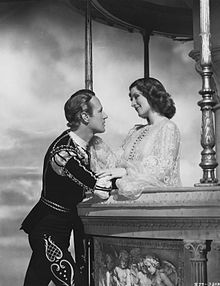
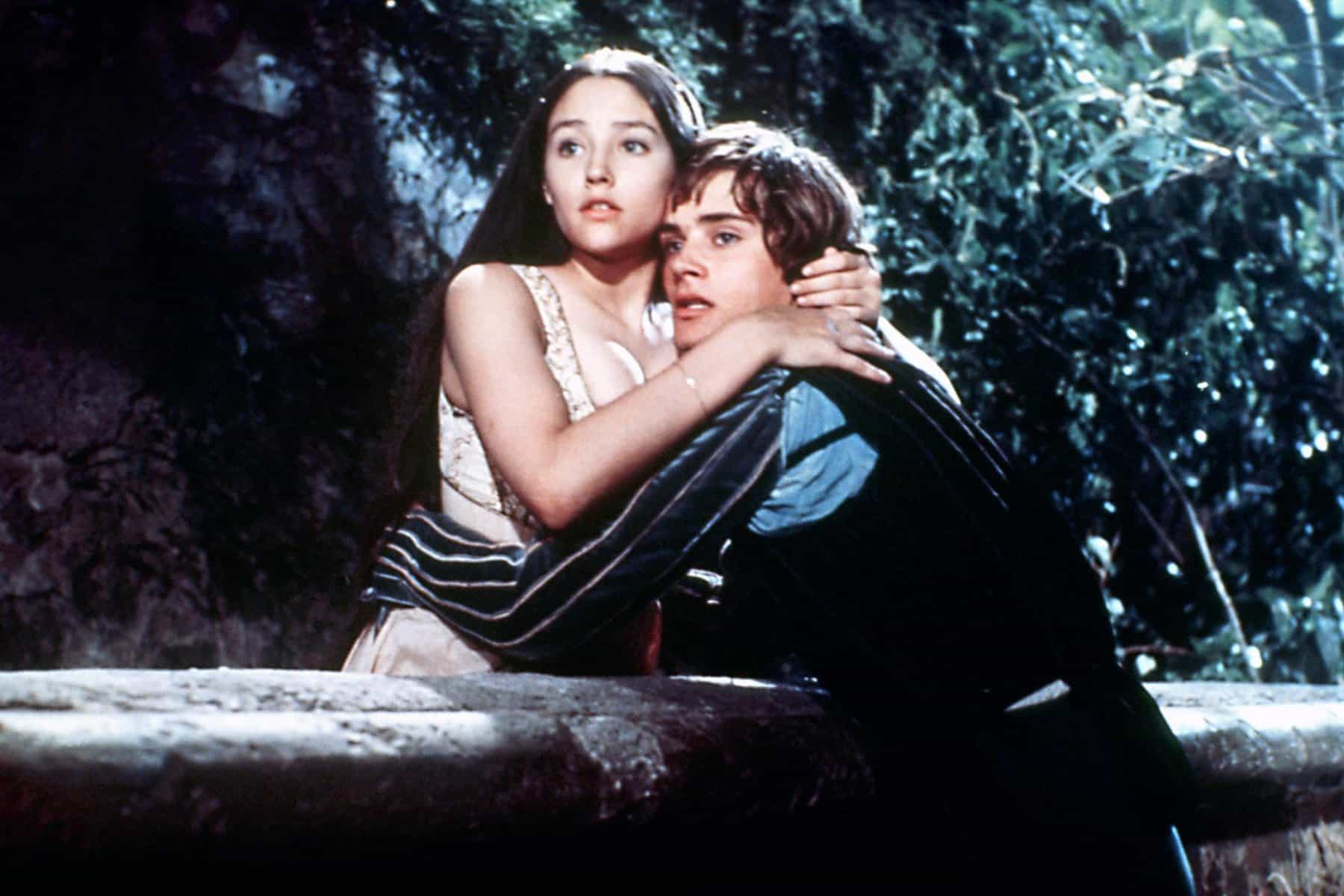
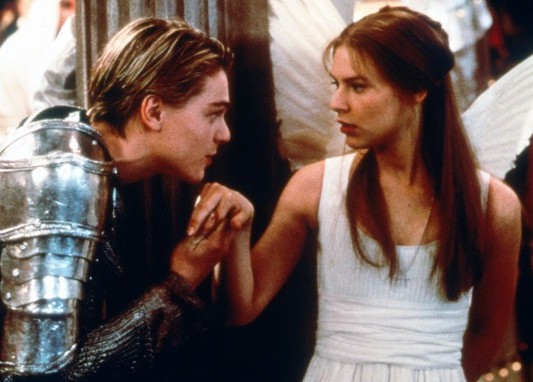
Romeo and Juliet has changed a lot across the years, but retained its popularity. Perhaps by adapting the play to the political climate of the day, like Garrick’s version, this moving story can speak to a cultural moment. Maybe we love Romeo and Juliet because they allow theater artists to gender bend on the stage or convey young desire on the screen. Or perhaps the addition of Romeo and Juliet into 21st century curricula functions as an approachable entrance point into the dense canon of Shakespeare. Or, most likely, the story of love, loss, and seemingly insurmountable difference is a timeless and relatable theme, just as relevant in 2022 as it was in 1622.
Regardless of why, Romeo and Juliet has undeniably dazzled audiences around the world for over four-hundred years, and will continue to enthrall audiences of all ages for years to come.
Featured image: Engraving of Romeo, Juliet, and the nurse by John Francis Rigaud, 1797.
Photos: Poster for the Cushman sisters performing Romeo and Juliet, 1846. An 1870 oil painting by Ford Madox Brown depicting the play’s balcony scene. Leslie Howard as Romeo and Norma Shearer as Juliet, in the 1936 MGM film directed by George Cukor. Olivia Hussey and Leonard Whiting in Franco Zeffirelli’s 1968 film. Leonardo DiCaprio and Clare Danes in Baz Luhrman’s Romeo + Juliet, 1996.





